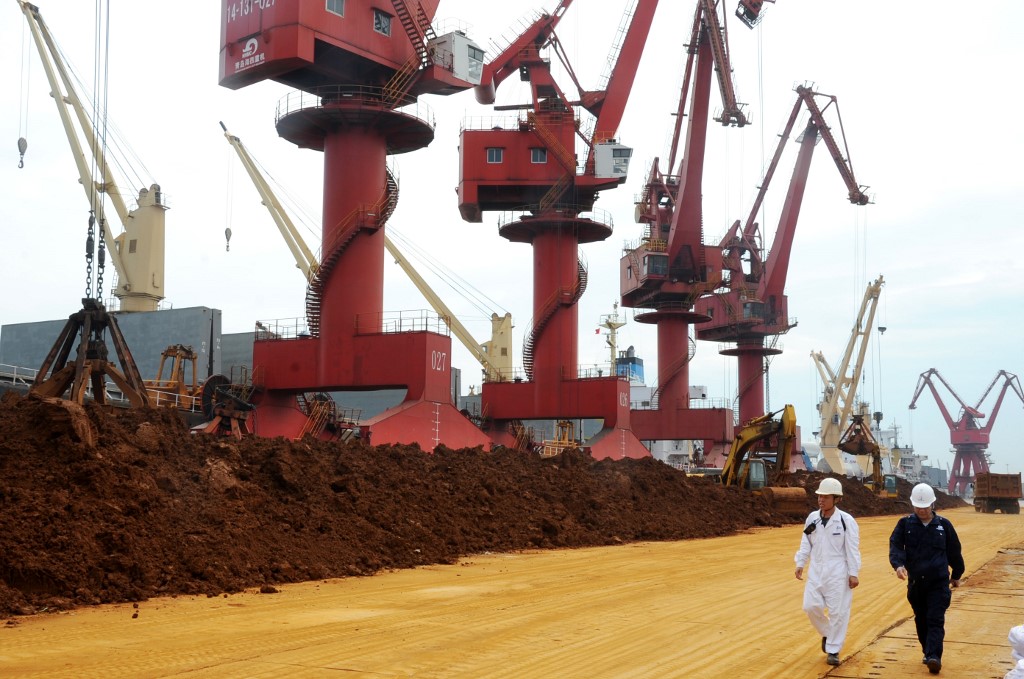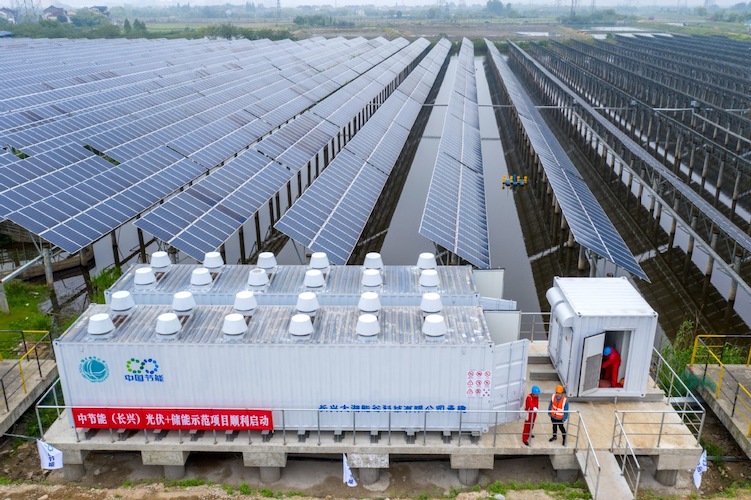(ATF) China’s General Administration of Customs has reported that the country’s exports of rare earths fell by 62% year-on-year to 1,642 tonnes in August.
The reasons for this are not fully known – whether it stems from domestic production problems, or if it is a political act linked to the heated rhetoric directed at China in the US election campaign, or punishment for the Trump administration’s stance on Chinese tech giants (Huawei, Bytedance, TikTok, etc).
Beijing threatened to restrict exports of rare earth minerals to the US in May 2019 to gain leverage in their trade war.
With the US dependent on Chinese supplies, analysts have said restrictions could hurt many industries that produce high-tech devices, including vehicles, clean energy or defence. For example, lanthanum is used in digital camera lenses and cell-phone cameras, as well as batteries for electric vehicles.
The Pentagon warned last year that rare earths are vital for defence systems, as they are used in missile guidance, jet engines, lasers, radar, sonar, night vision systems, and alloys for armoured vehicles.
China’s rare earth industry is a global leader and accounts for around 70% of global rare earth exports. (There are 17 rare-earth metals classified by the International Union of Pure and Applied Chemistry as belonging to the same set of elements in the periodic table).
Rare earths are found all over the planet but the processes to get them are expensive and dangerous (note pollution scandal below). China’s dominance is the result of 15 years of industrial policies, such as dividends and subsidies to related companies, and a series of policy support measures.
China also has different safety standards to other countries – in all types of mining fires, floods and explosions claim about 5,000 deaths every year in Chinese coal mines alone. Many other Chinese mining activities are undocumented. By way of comparison the US sees about 50 mining related deaths per year.
With rare earths now vital for high-tech components, demand for them is growing exponentially.
In recent years, as China turns its rare earth “tap” on and off at will, countries such as the US and Australia are reopening mothballed rare earth mines and are prospecting for new ones.
Authorities in the US also injected $29 million into a Texas company in July 2020, which manufactures rare earth magnets by recycling electronic waste.
Another player is Russia, which only accounts for 1.3% of global rare earth production but owns 10% of global rare earth deposits, equivalent to about 12 million tonnes. Currently, Moscow strongly supports foreign companies investing in rare earths, and provides investors with cheaper loans and lower mining taxes to attract investors to participate in rare-earth projects.
Russian Deputy Minister of Industry and Trade said that the country is offering reduced mining taxes to investors on a list of 11 projects. These projects require at least US$1.5 billion (equivalent to 10 billion yuan/RMB) of investment.
A mining industry insider also revealed to Asia Times Financial that offshore mining for rare earths may hold the answer to currently limited supplies.
Chinalco rare-earth firm punished
This week, a rare earth subsidiary of state-run Aluminium Corp of China (Chinalco) in Guangxi, in the southwest, was accused of repeatedly violating pollution rules and contaminating nearby land, the environment ministry said, following an inspection of the firm.
Earlier this month, a central government environmental team found that affiliates of the Chinalco subsidiary Guangxi Nonferrous Rare Earth Development Co Ltd failed to properly rectify violations and “seriously polluted the surrounding environment”, according to a statement from the Ministry of Ecology and Environment (MEE) published late on Wednesday.
Guangxi Nonferrous was previously punished for environmental violations in 2018 along with Chinalco’s subsidiary in northwestern China.
The ministry’s statement on Wednesday said some mining projects run by Guangxi Nonferrous’ units exceeded approved limits and built outdated and illegal production facilities.
“The inspection found … obvious problems of legal violations, chaotic environmental management and relatively large environmental risks at the Guangxi rare earth company,” it said.
Chinalco must now investigate the problems and make corrections, the ministry said. A company spokesman could not immediately be reached for comment, Reuters said.
China began a nationwide environmental auditing programme in 2016, focusing on compliance in its provinces and regions. It was then expanded to giant state-owned companies like Minmetals, which was accused of being a “big corporate bully” in 2017 after failing to fix repeated violations.
The latest round of audits also included the China National Building Materials Corp, and found that one of its subsidiaries had not only failed to rectify violations but also tried to cover them up, the Environment Ministry said in a separate statement on Wednesday.
By September 20, environmental inspectors had handled 6,047 complaints, issued 46.7 million yuan ($6.85 million) in fines and detained 30 people during this round of audits, the environment ministry said on Tuesday.
With reporting by Reuters (by Min Zhang in Beijing and David Stanway in Shanghai).























